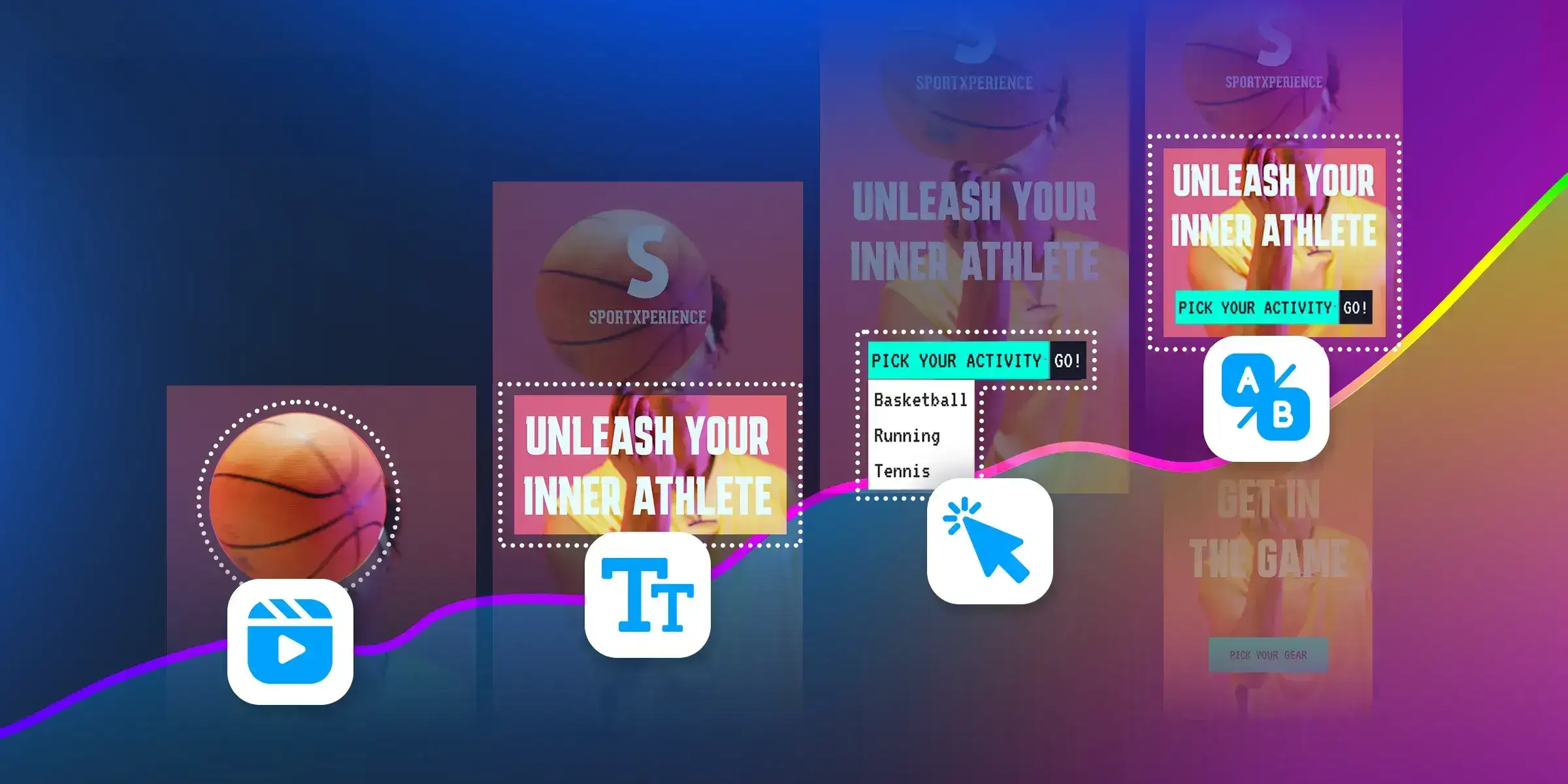Inside the Playbook of a 7-Figure Ecommerce Brand: Paid Strategy That Works in 2025
Running a successful ecommerce brand in today’s fast-changing digital world is not just about having a good product. It’s about building a strategy that makes your brand visible, attracts the right customers, and keeps them coming back. Many 7-figure ecommerce businesses don’t just rely on luck—they use a clear, structured paid marketing approach that helps them grow consistently. Partnering with the right performance marketing agency can also make this journey easier by bringing expertise and proven systems. If you’re new to this, don’t worry. Let's walk through exactly how these brands are doing it in 2025, step by step.

1. Know Your Customer First
Most effective brands take the time to know their customers before even running ads. They trace:
-
Who their customers are (age range, interests, behavior)
-
Where they hang out online (Instagram, TikTok, YouTube, or Google)
-
What issues or wants they have that the product can fix
Without this step, even the best ads won't produce results.

2. Select the Proper Platforms
Not all platforms are suitable for every business. 7-figure ecommerce companies select platforms on the basis of where their audience is engaged. For instance:
-
Fashion companies usually scale on TikTok and Instagram.
-
Home and life product businesses might perform better on Facebook and Pinterest.
-
Search-intensive products such as supplements tend to perform well on Google Ads.
The trick is to concentrate on 1–2 platforms and excel at them rather than having the budget too stretched.
3. Create Standout Creative Ads
Advertising in 2025 isn't merely about displaying a product—it's about telling a story. Top-performing ads tend to:
-
Display the product in use (short demo clips)
-
Utilize real reviews or user testimonials
-
Emphasize before-and-after effects
-
Have a compelling hook in the first 3 seconds
That makes people drop everything and take notice.

4. Leverage a Structured Campaign Structure
Rather than boosting posts indiscriminately, 7-figure ecommerce businesses test campaigns in steps:
-
Awareness Campaigns: Get the brand in front of new people.
-
Consideration Campaigns: Retarget individuals who had visited the site or interacted with ads.
-
Conversion Campaigns: Drive warm leads to purchase.
This step-by-step funnel allows money to be spent effectively and customers to progress smoothly towards purchasing.

5. Monitor Numbers That Matter in Reality
Data is king. Successful brands don't merely view likes or clicks—They monitor deeper figures such as:
-
Cost per acquisition (CPA)
-
Return on ad spend (ROAS)
-
Lifetime value (LTV) of customers
-
Conversion rate of landing pages
It allows them to quickly optimize campaigns and spend more where they know that results are valid.

6. Scale Smart, Not Fast
Most ecommerce business owners err by spending too much on ads in a hurry. Smart scaling entails:
-
Slowly scaling ad spend only on successful campaigns
-
Testing new audiences gradually
-
Continually refreshing creatives to prevent ad fatigue
This ensures growth is sustainable and profitable.

7. Work With the Right Partners
Occasionally, doing it all in-house is not possible. That's why so many 7-figure brands partner with a performance marketing agency to handle ads, data, and strategy. Agencies offer expertise and cutting-edge tools that minimize wasted ad dollars and drive maximum results.
8. Don't Forget the Big Picture
Ads are not enough to build a brand. Real winners keep their eyes on a comprehensive creative digital marketing strategy. This includes:
-
Email and SMS campaigns
-
Social media content that engages
-
Influencer partnerships
-
Retention tactics such as loyalty programs
All of these complement paid advertising to increase revenue and brand loyalty.
9. Spend on Long-Term Systems
Top brands understand marketing as a system rather than an one-time thrust. They implement the appropriate ecommerce marketing solution for automation, analytics, and personalization. This allows the marketing engine to continue running in a smooth manner without manual intervention as the brand expands.
10. Test, Learn, and Adapt Quickly
Winning ecommerce brands never stick to a single formula. They:
-
Run multiple creatives simultaneously
-
Test various audience segments
-
Experiment with landing page layouts
-
Adjust budgets weekly for faster optimization
11. Focus on Customer Experience
Paid ads bring customers in, but great experiences keep them coming back. 7-figure ecommerce stores:
-
Offer fast and reliable shipping
-
Provide easy returns and clear policies
-
Maintain responsive customer support
-
Personalize communication with buyers
12. Build Strong Retargeting Systems
Not everyone buys on the first visit. Successful ecommerce brands set up retargeting ads to:
-
Remind people of abandoned carts
-
Showcase products they viewed earlier
-
Offer limited-time discounts to push conversions
-
Stay top of mind until the customer is ready to purchase

13. Leverage Influencer and UGC Power
Influencer marketing and user-generated content (UGC) are game changers in 2025. High-performing brands:
-
Collaborate with micro-influencers who have loyal niche audiences
-
Use UGC to create authentic ad creatives
-
Repurpose influencer content across paid ads and organic channels
-
Build trust by showing real people using their products
14. Keep an Eye on Competitors
The best brands don’t operate in isolation—they constantly watch competitors to spot opportunities. They:
-
Track competitor ad creatives using tools like Meta Ad Library
-
Study product pricing and offers
-
Analyze competitor website flows
-
Identify gaps to differentiate their own strategy
15. Future-Proof With AI and Automation
The ecommerce landscape in 2025 is heavily influenced by AI. Leading 7-figure brands are already:
-
Using AI tools to generate ad creatives and copy faster
-
Automating customer service with chatbots and smart support systems
-
Personalizing product recommendations in real time
-
Predicting customer behavior with advanced analytics
By embracing AI and automation early, brands stay ahead of the curve and reduce manual work while improving performance.
Common Mistakes Ecommerce Brands Make With Paid Ads
-
Targeting too broadly: Trying to reach “everyone” leads to irrelevant clicks and low conversions. Focus on a well-defined, data-driven audience.
-
Scaling too quickly: Increasing ad budgets overnight without testing campaigns often results in poor ROAS and wasted spend. Scale gradually on winning campaigns.
-
Creative fatigue: Running the same visuals and copy for weeks causes audience disengagement. Refresh ads regularly with new creatives.
-
Chasing vanity metrics: Focusing on likes, clicks, or impressions instead of meaningful KPIs (CPA, conversion rate, LTV) wastes money.
-
Ignoring retargeting: Most customers don’t buy on the first visit. Retargeting cart abandoners and warm audiences captures missed revenue.
-
Poor ad tracking & analysis: Without proper tracking, it’s impossible to know which campaigns are profitable or need optimization.
-
Neglecting landing page experience: Even the best ads fail if the landing page is slow, confusing, or unconvincing.
-
Overlooking seasonal trends: Ads that don’t align with shopping seasons, holidays, or trending events miss peak sales opportunities.
Final Thoughts
A 7-figure ecommerce store does not occur overnight. It's the culmination of steady, numbers-driven, innovative paid methods. Through having an understanding of your audience, selecting the appropriate platforms, creating compelling ads, and leveraging the correct systems and collaborations, any brand can become nearer to this degree of accomplishment in 2025. Partnering with experts like Nj Graphica, a creative digital marketing agency, can further accelerate this journey and provide the right strategies for long-term growth.







 1 year ago
1 year ago





Comments